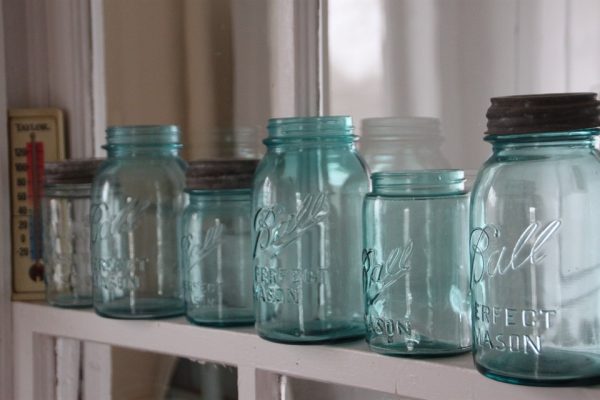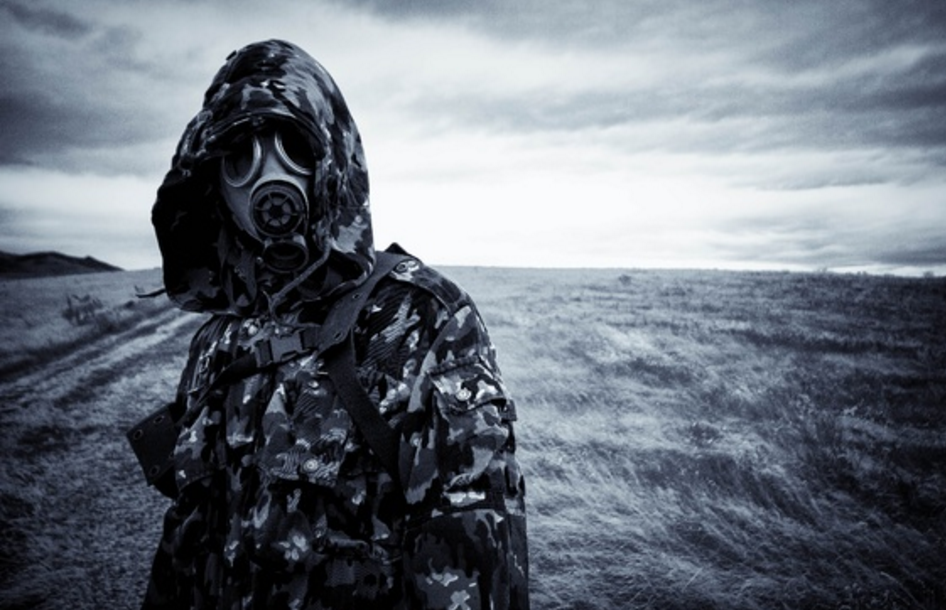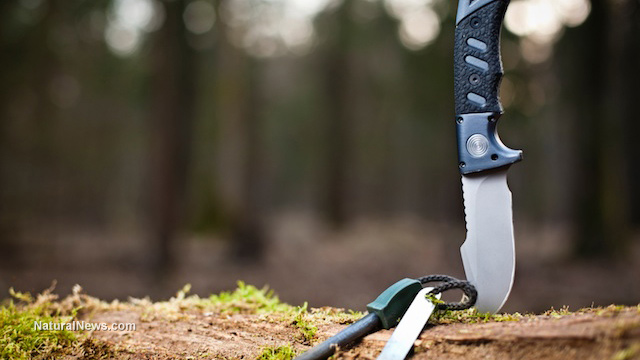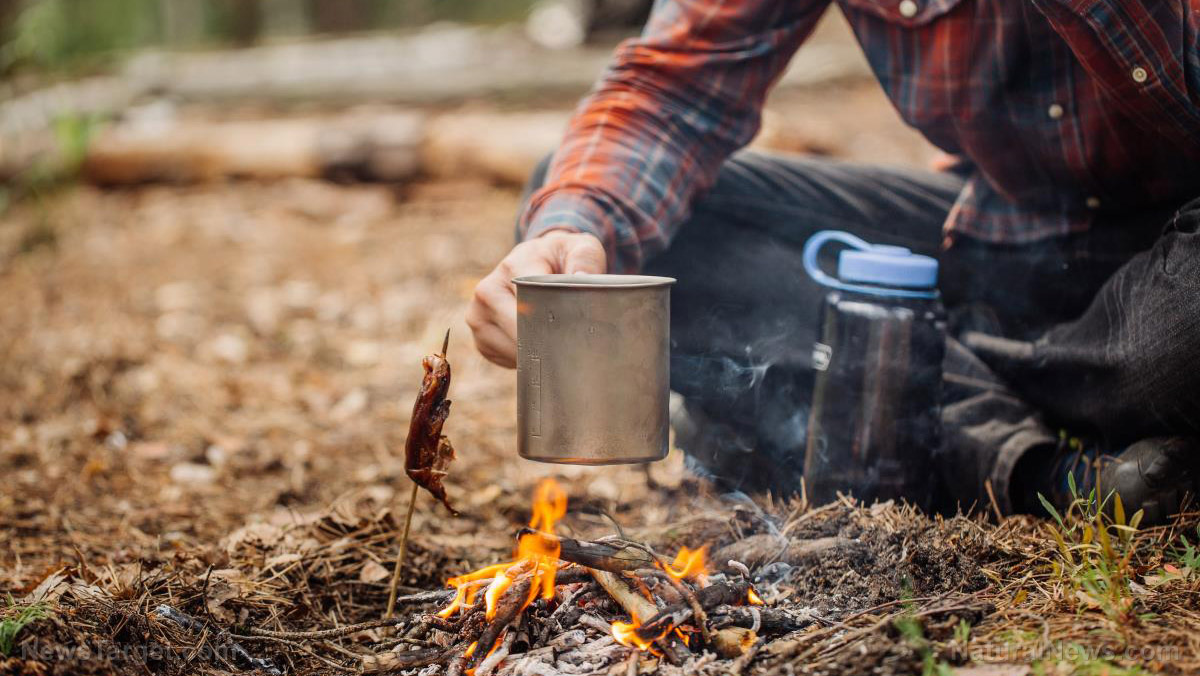You need to know what to prioritize when the proverbial sh*t hits the fan. Our current political climate forces us to realize that this may come sooner rather than later, and it wouldn’t do to meet these situations with your pants down. In this article, we’ll talk about a few things that always should be at the top of your mind.
The first: Your mental attitude dictates how well and how long you will survive. Having the right mindset can almost ensure your survival. Do not panic or fall into despair. A few minutes of self-pity is acceptable; but pick yourself up after 10 to 15 minutes of feeling sorry for yourself. Stay present and in the moment. Being hungry, cold, and lost can all add to the panic, but remember to focus on the situation at hand. It helps to take a few breaths and refocus. Many survivalists suggest the 16-second meditation. Inhale deeply through the nose for four seconds. Hold your breath for four more seconds then exhale loudly through the mouth for four seconds. Hold your breath again for four seconds and repeat the cycle. There is scientific evidence that shows that these mere 16 seconds can completely rewire your brain and reduce panic and anxiety.
The next is keeping your body safe. Watch out for hypothermia (if you’re in a cold area) or heat stroke (if you’re in a warm area). Look for a place where you can set up shelter. For immediate, short-term shelters, try looking for trees (especially fallen ones), rocky overhangs, or caves. Be careful though when exploring a cave; a wild animal may also be using the cave for shelter.
In deserts, try looking for dunes that are steeped. The steeped side will offer adequate protection from the wind.
You can also decide to build your own shelter using the materials that you have. A simple frame can be made with a few tarps and branches.
Once you’ve set up a shelter, your next priority is water. We’ve written several guides on this before. You can harvest rainwater or learn how to navigate to find a good water source. (Related: Do you have a safe source of water for a SHTF situation? Top 5 water purification mistakes.)
You would now need to start a fire. This has several purposes, from scaring off predators to cooking your food. There are many different campfires you can make depending on the campsite you are located in. Familiarize yourself with the most basic ones — a good tip is to research beforehand on the area you are in and learn how to build a fire even before you go on the trip.
The last priority is food. You can fashion a crude, survival spear with nearby trees and rocks. If you do not want to eat animals, you can also learn how to forage for various fungi and fruits.
This should keep you alive for a few days to months, depending on how well you are able to adapt to the situation. Once you’ve established a relatively decent area, your next priority is finding a way to communicate with the outside world.
To make this list even simpler, remember the rule of threes. Panic and die in three seconds; if you have no oxygen, you can die in three minutes. Have no shelter and die in three hours. You can die in three days without water and last without food for three weeks.
One more thing to add is that you must know your first aid. Serious injuries need to be attended to immediately. You can fashion medical supplies using natural materials. Knowing how to do this guarantees your safety and survival.
Sources include:
ModernSurvivalBlog.com
TheBugOutBagGuide.com
SurvivalSkills.guide



















